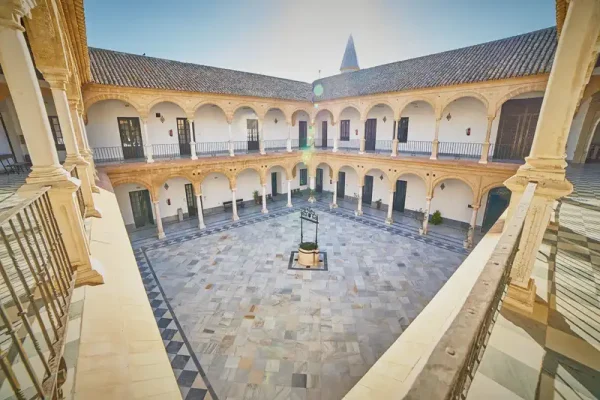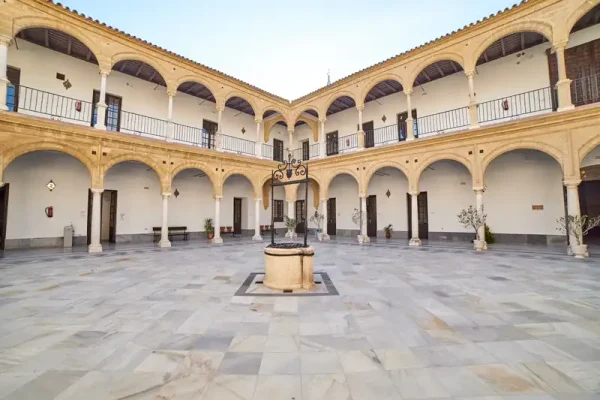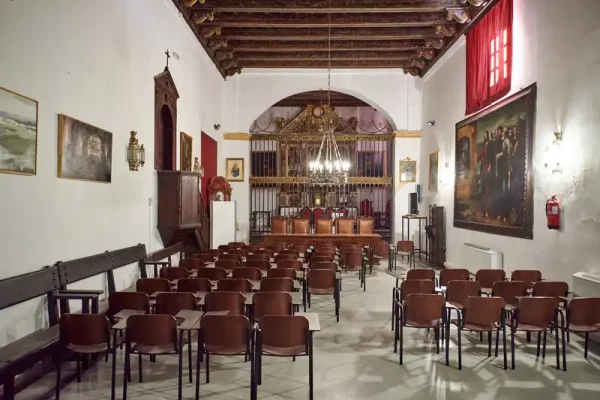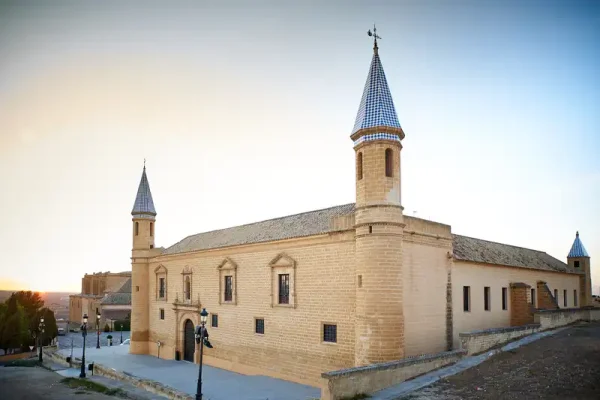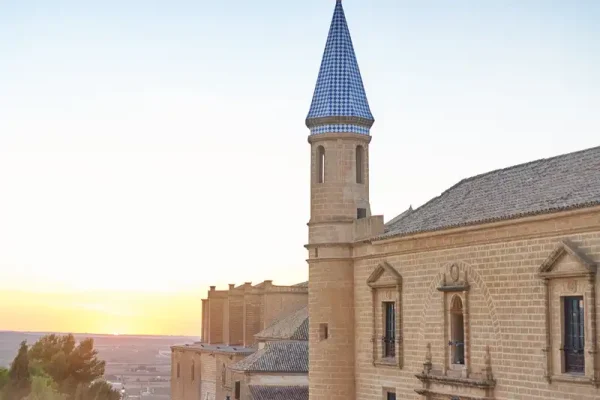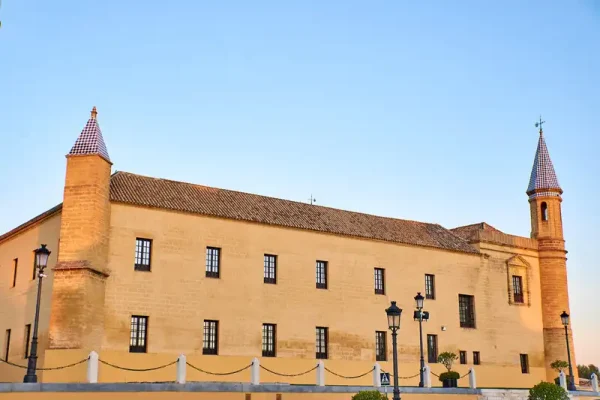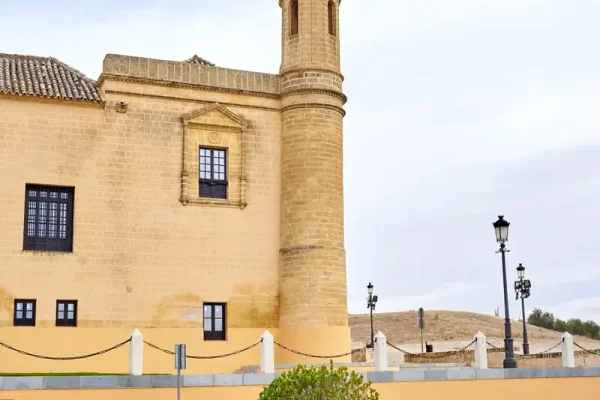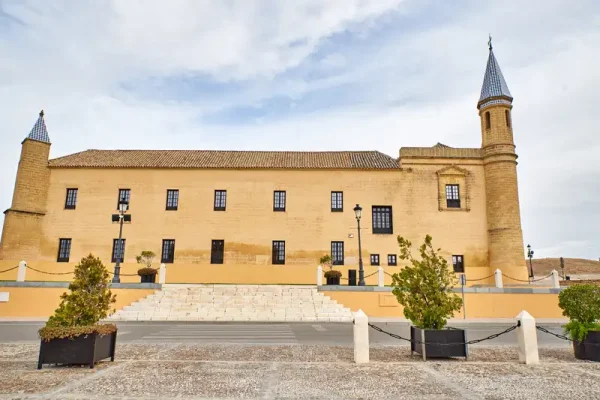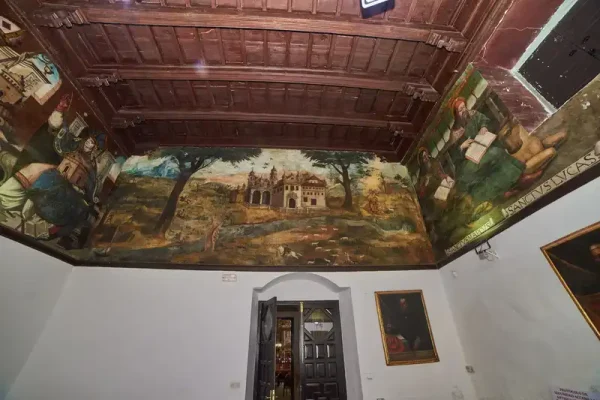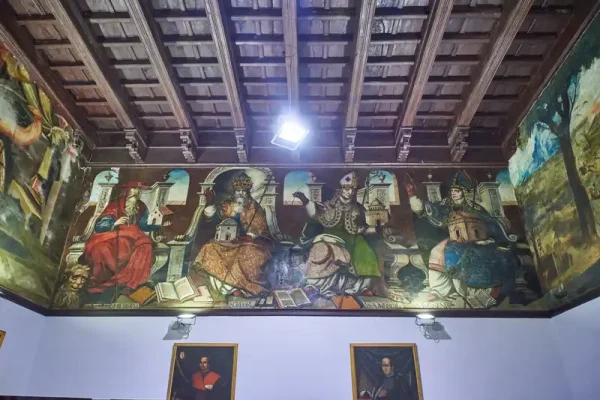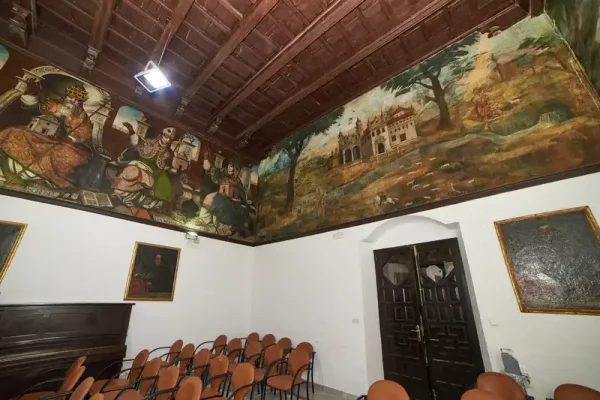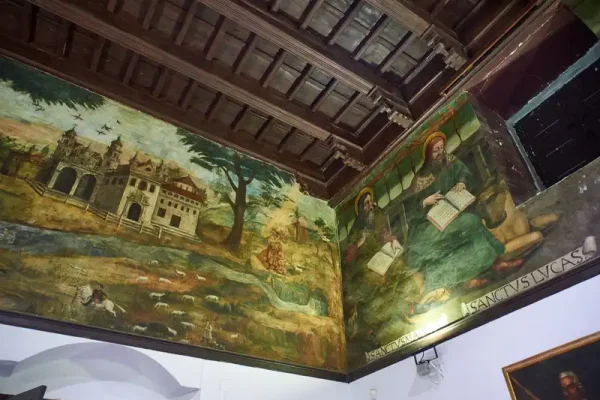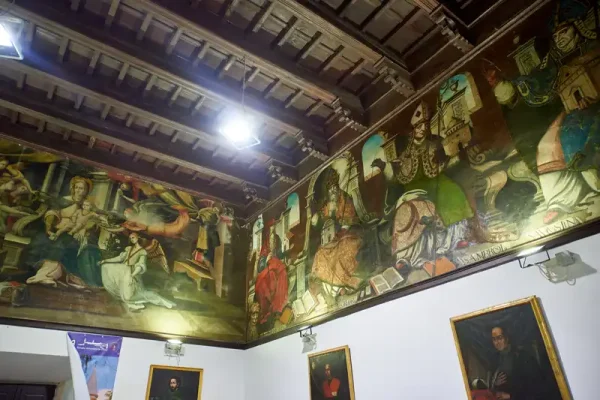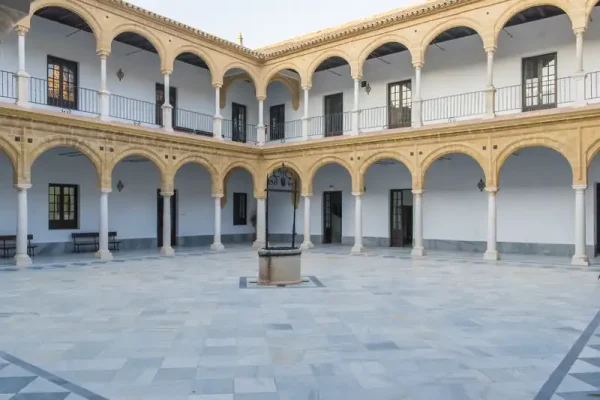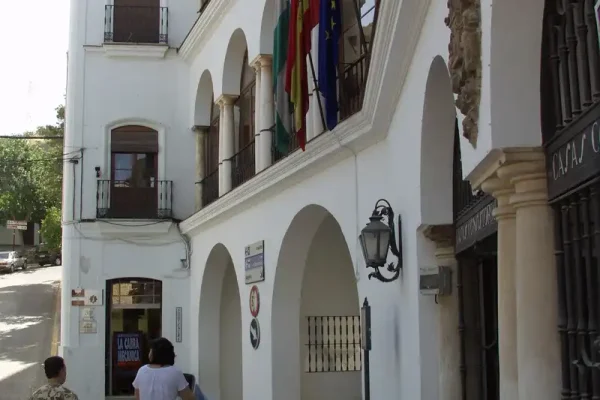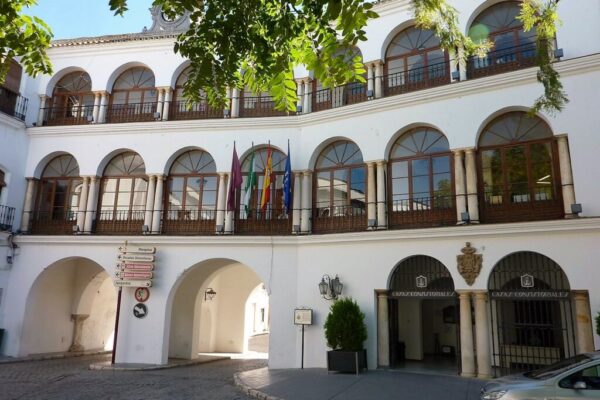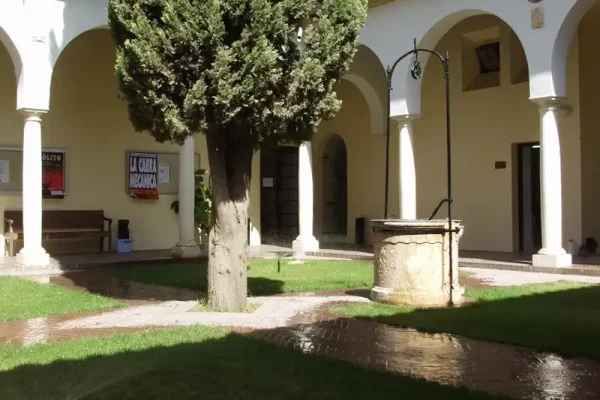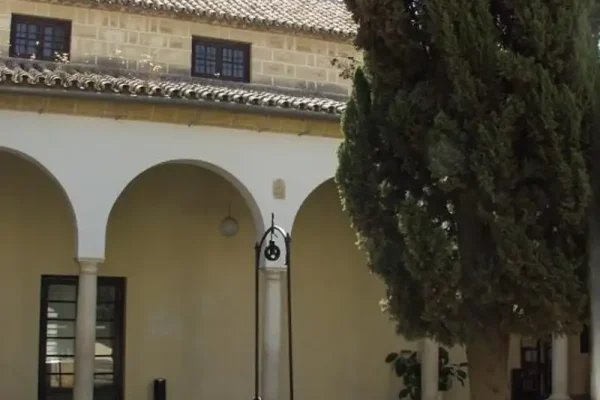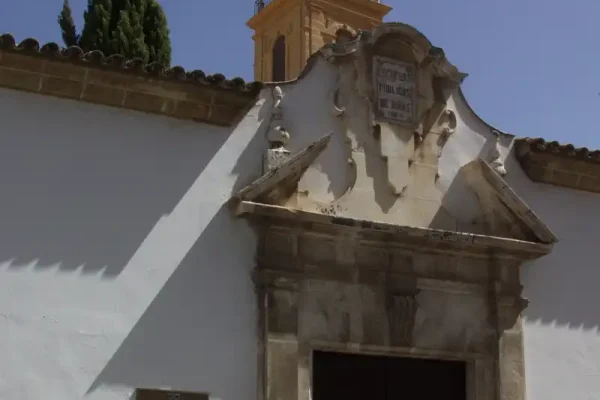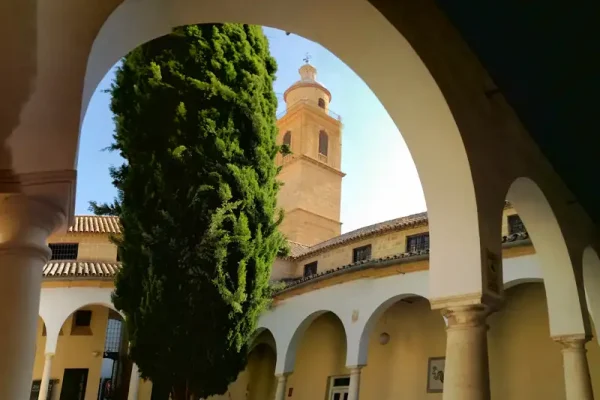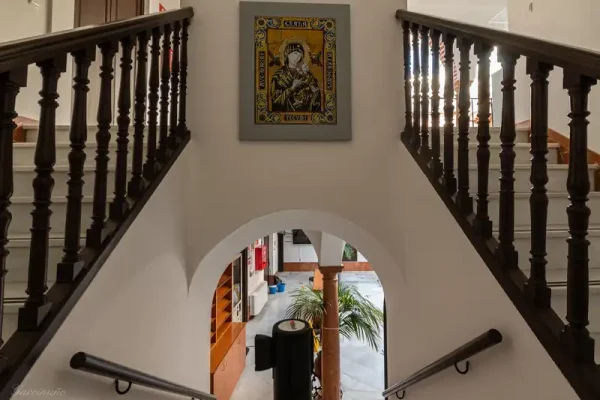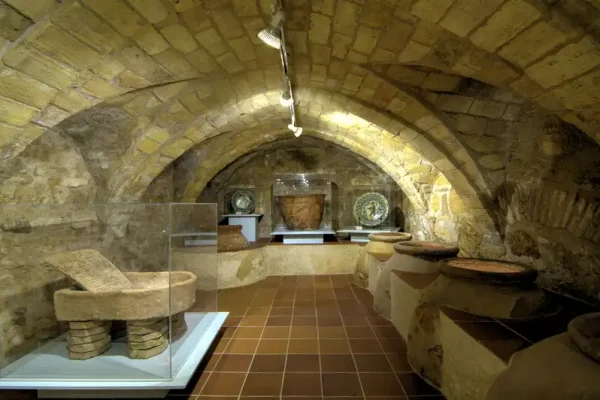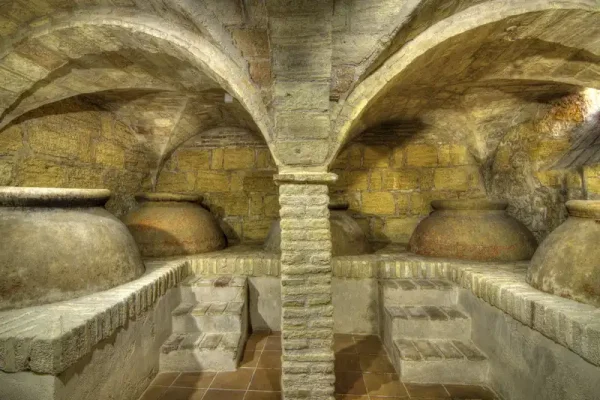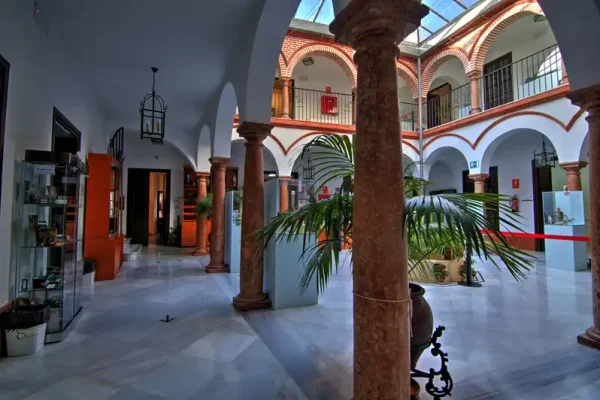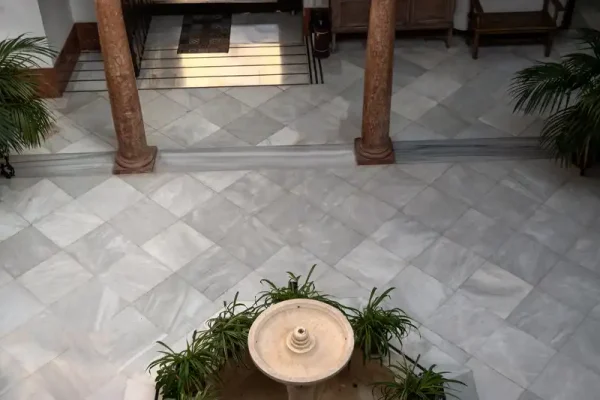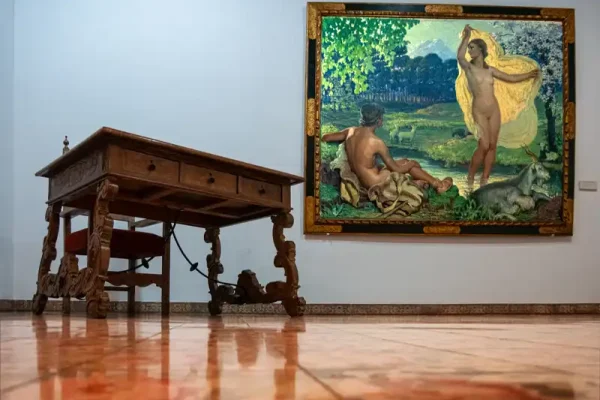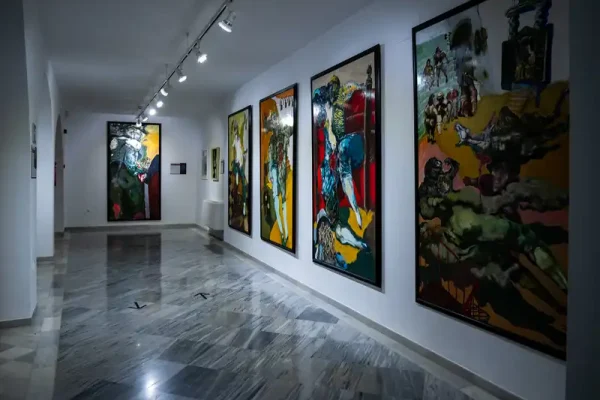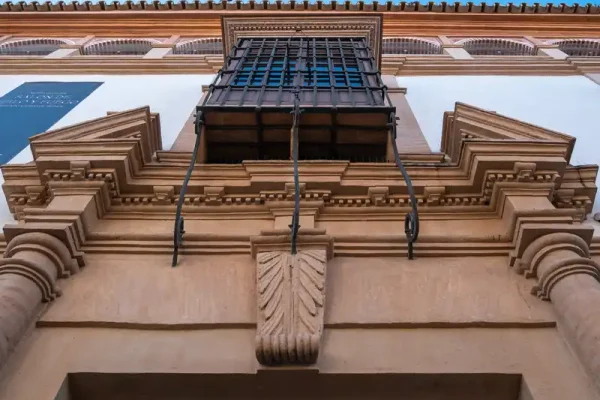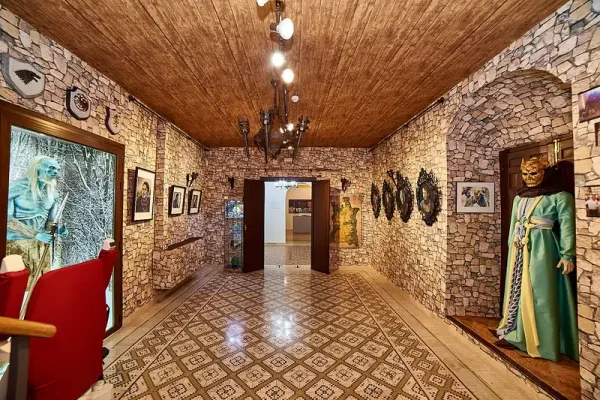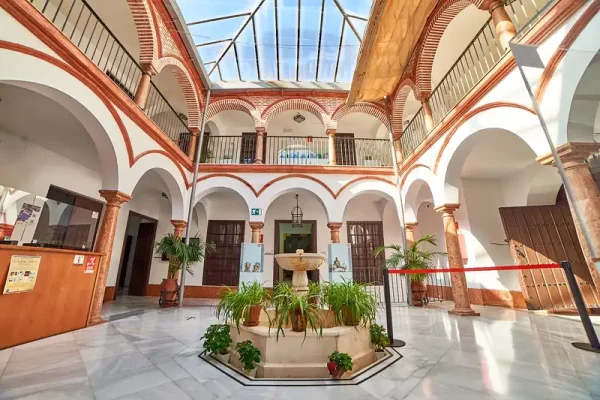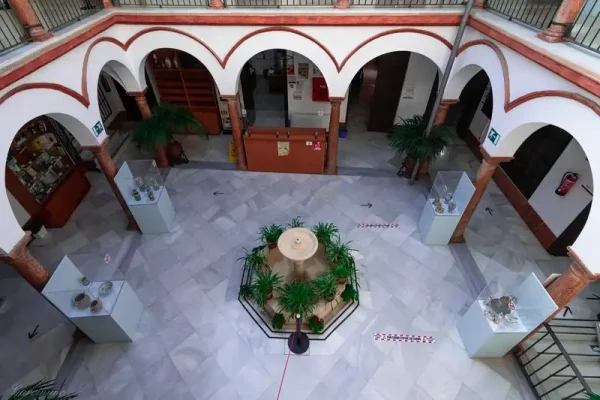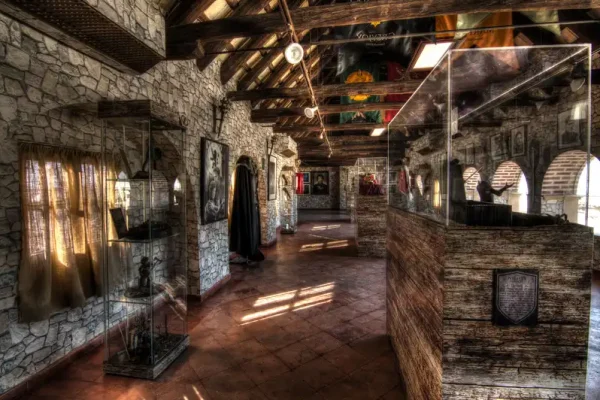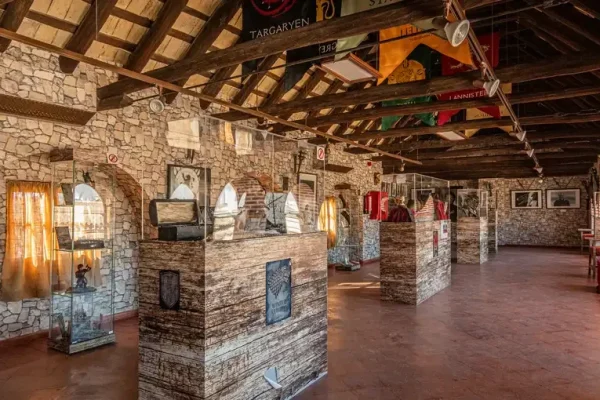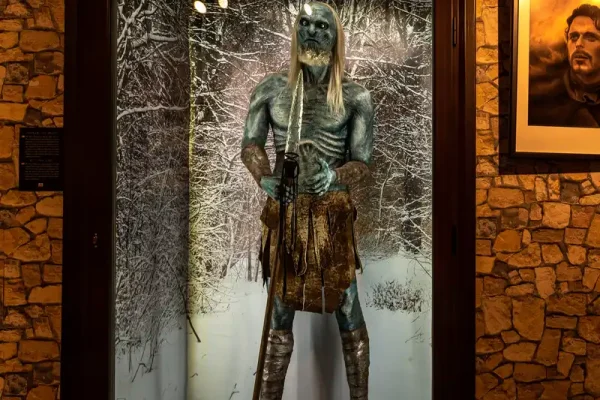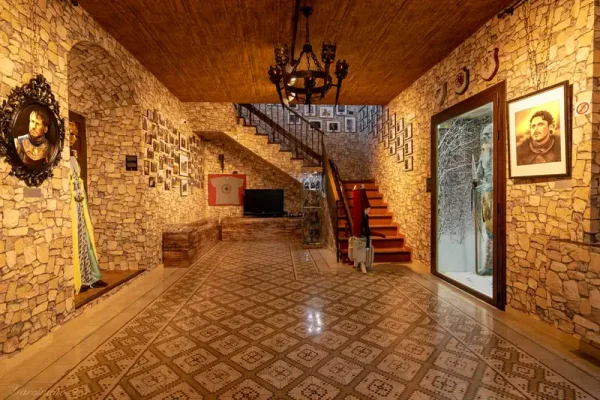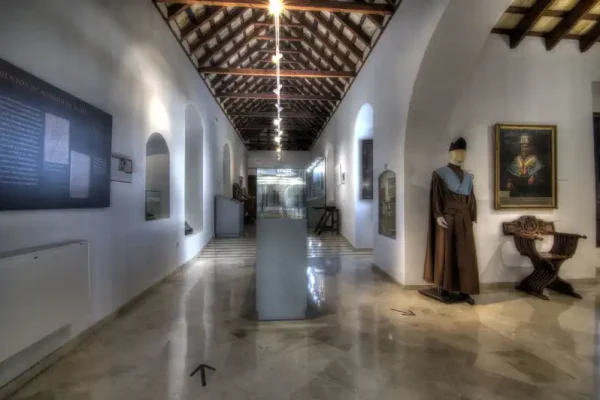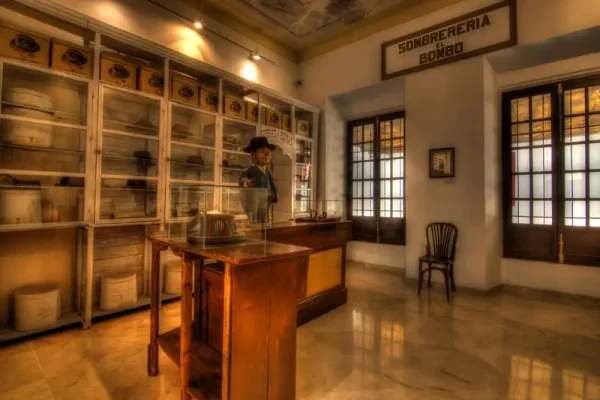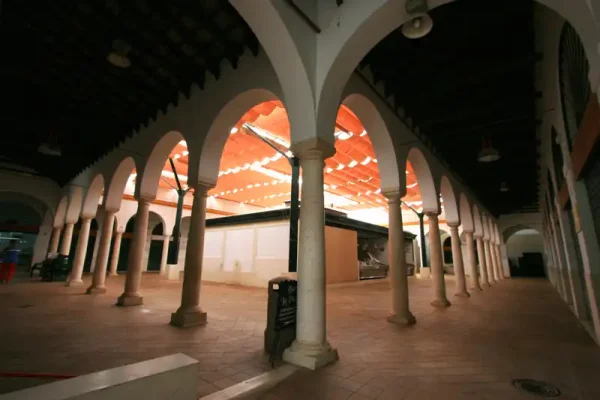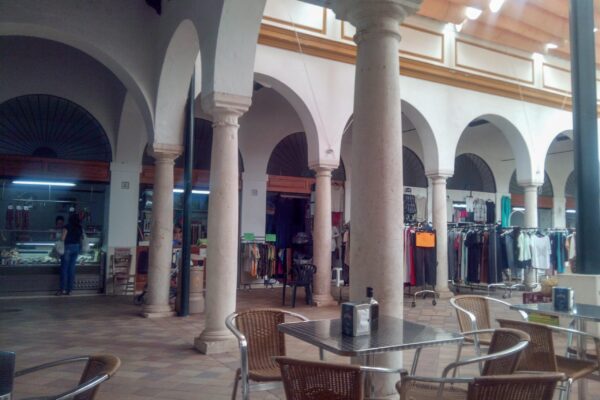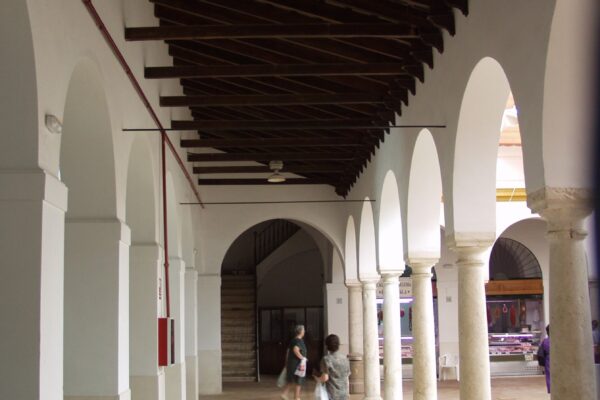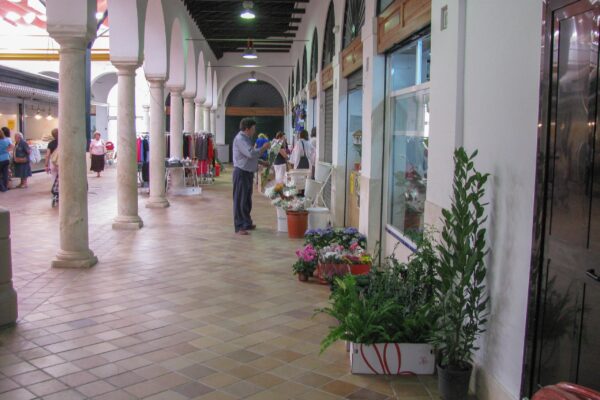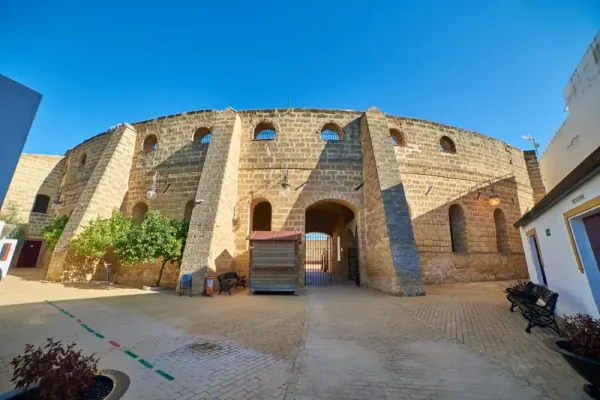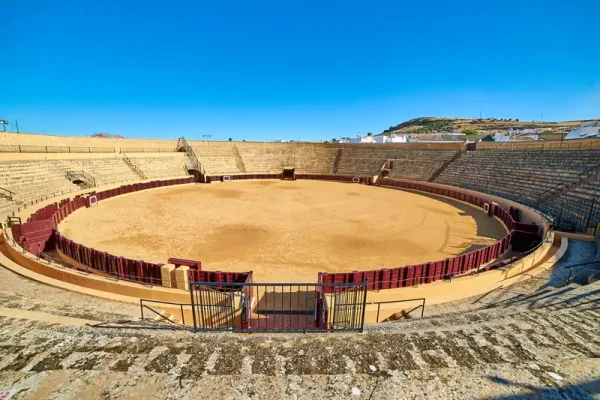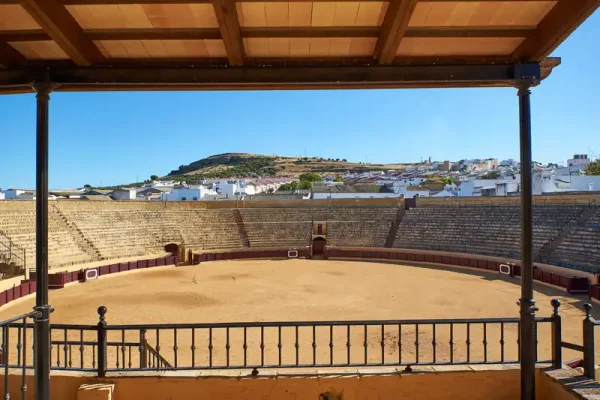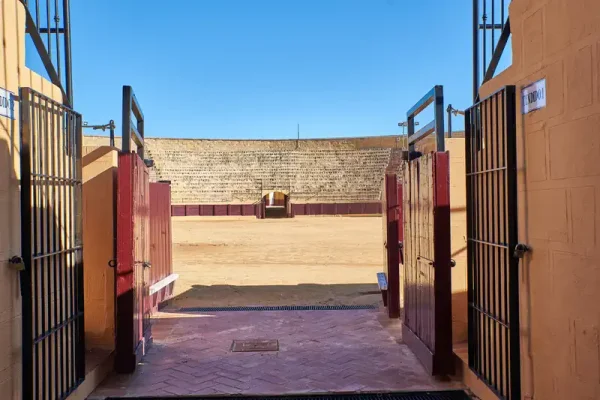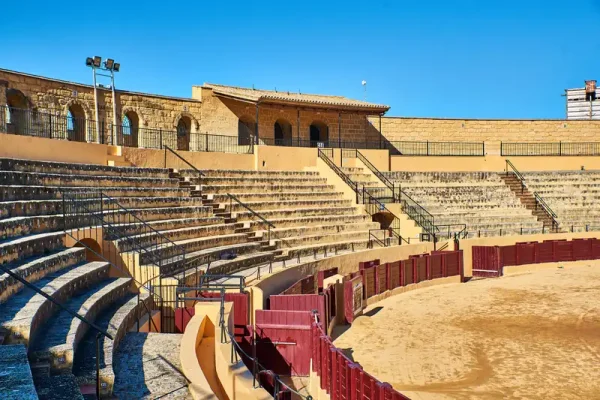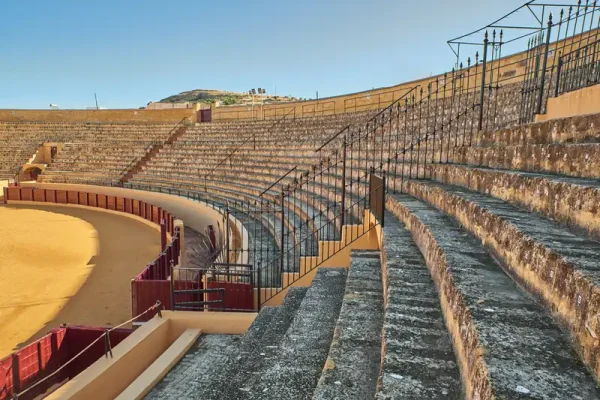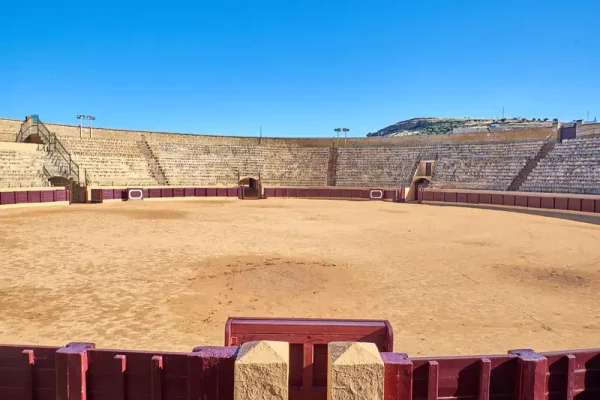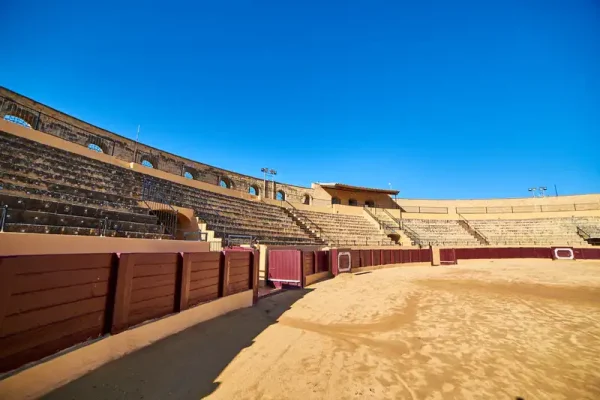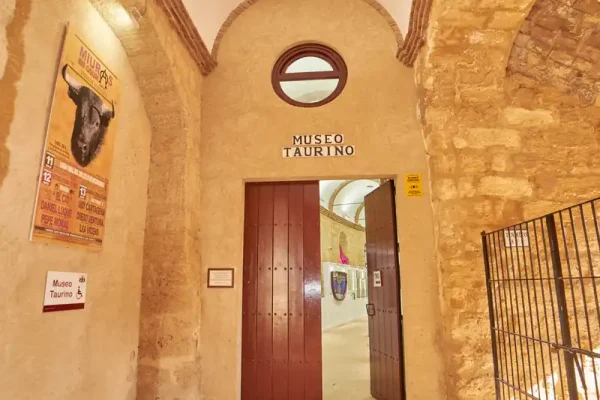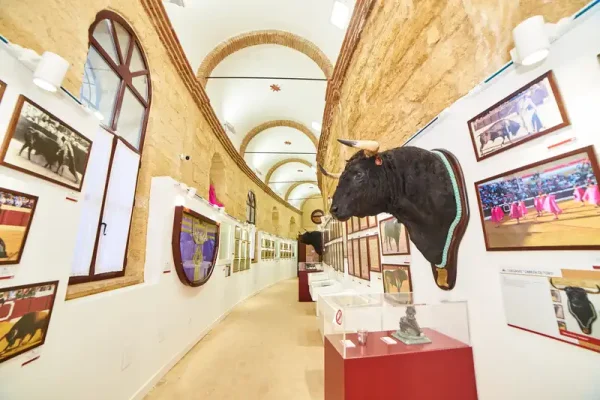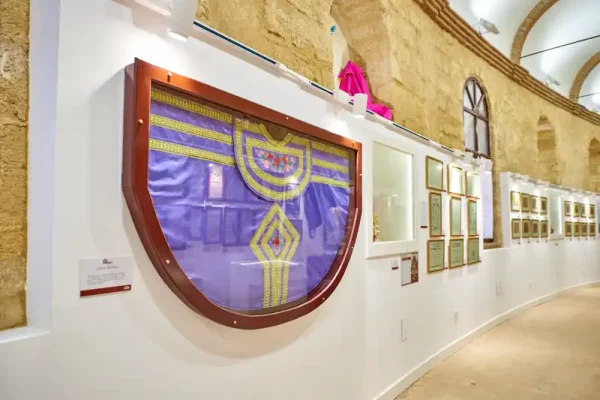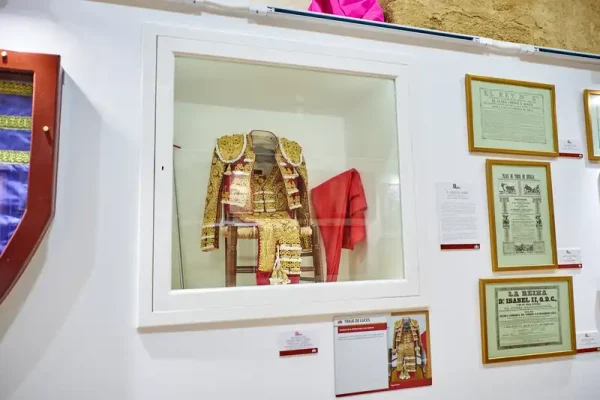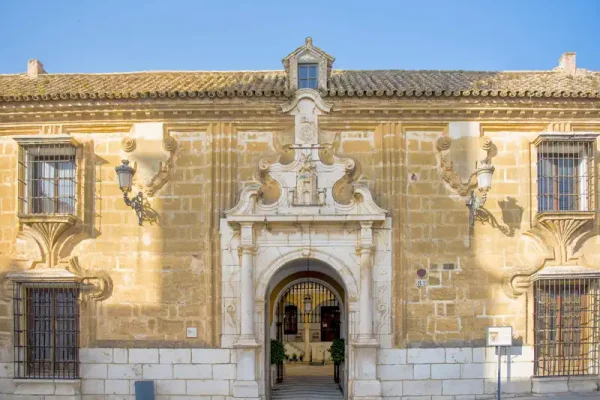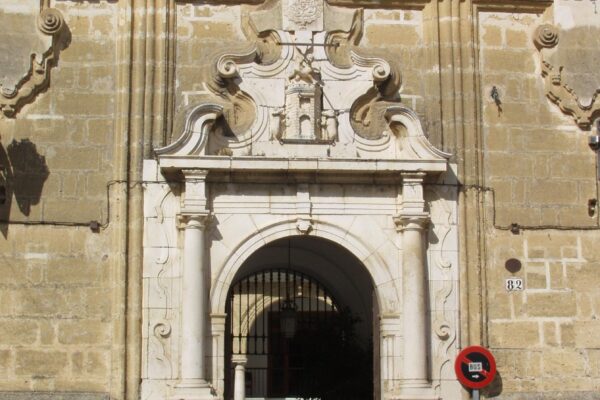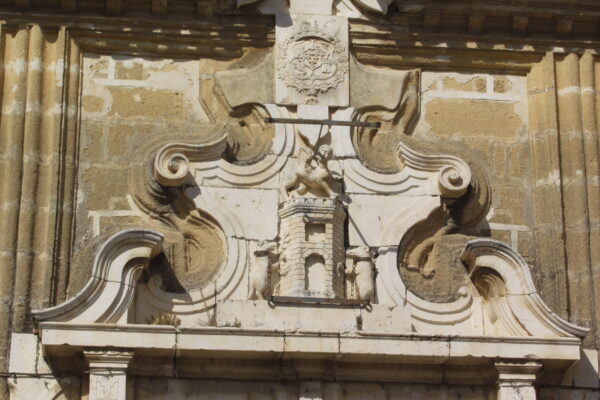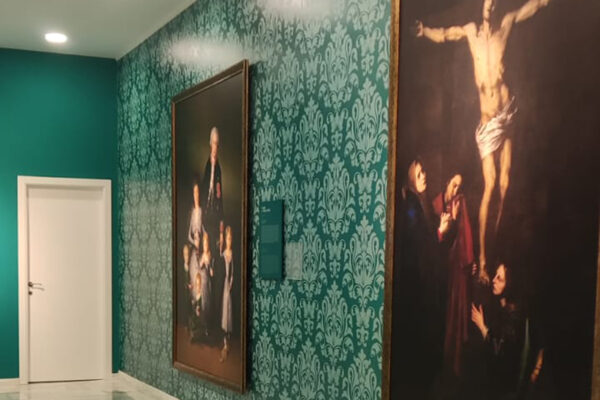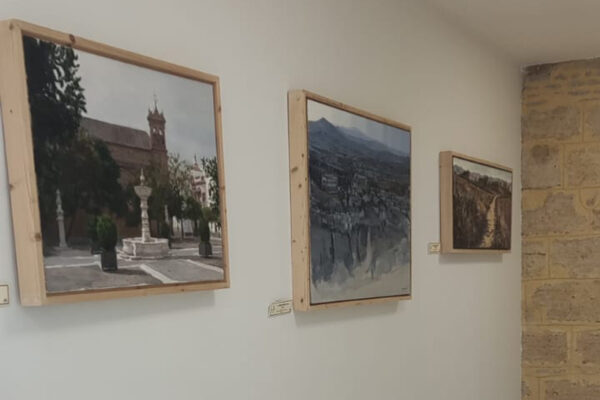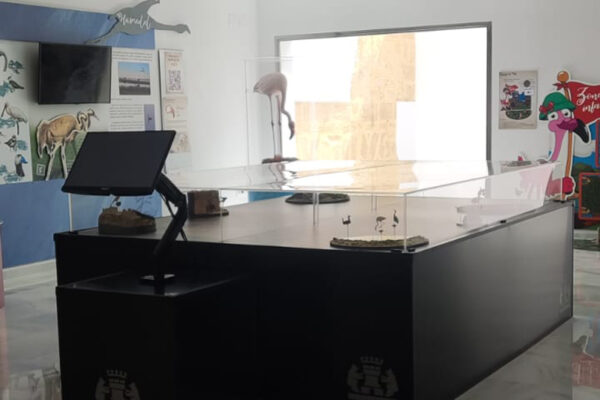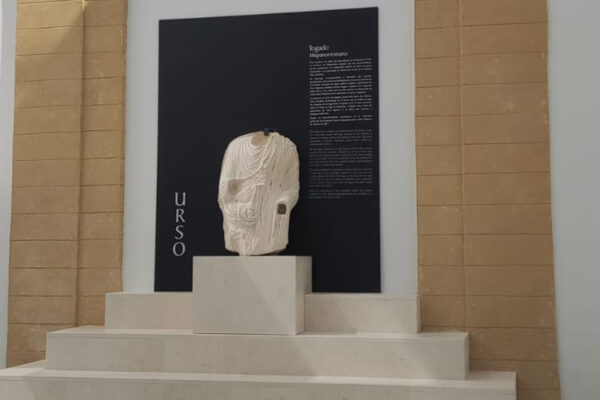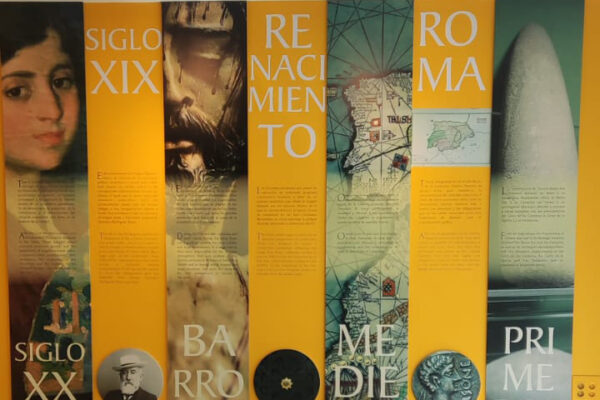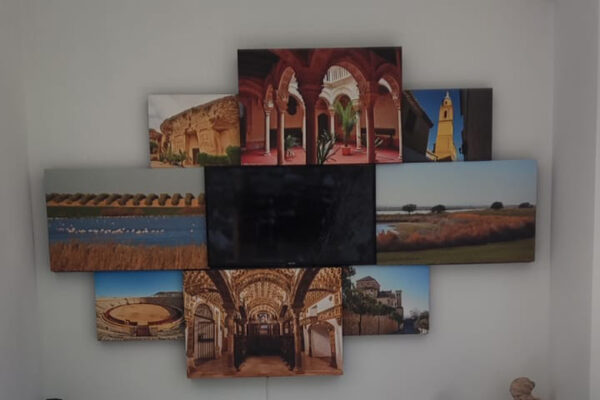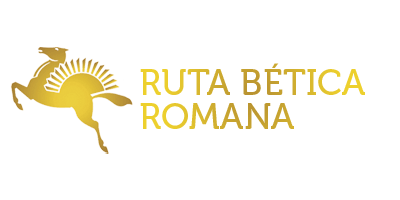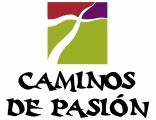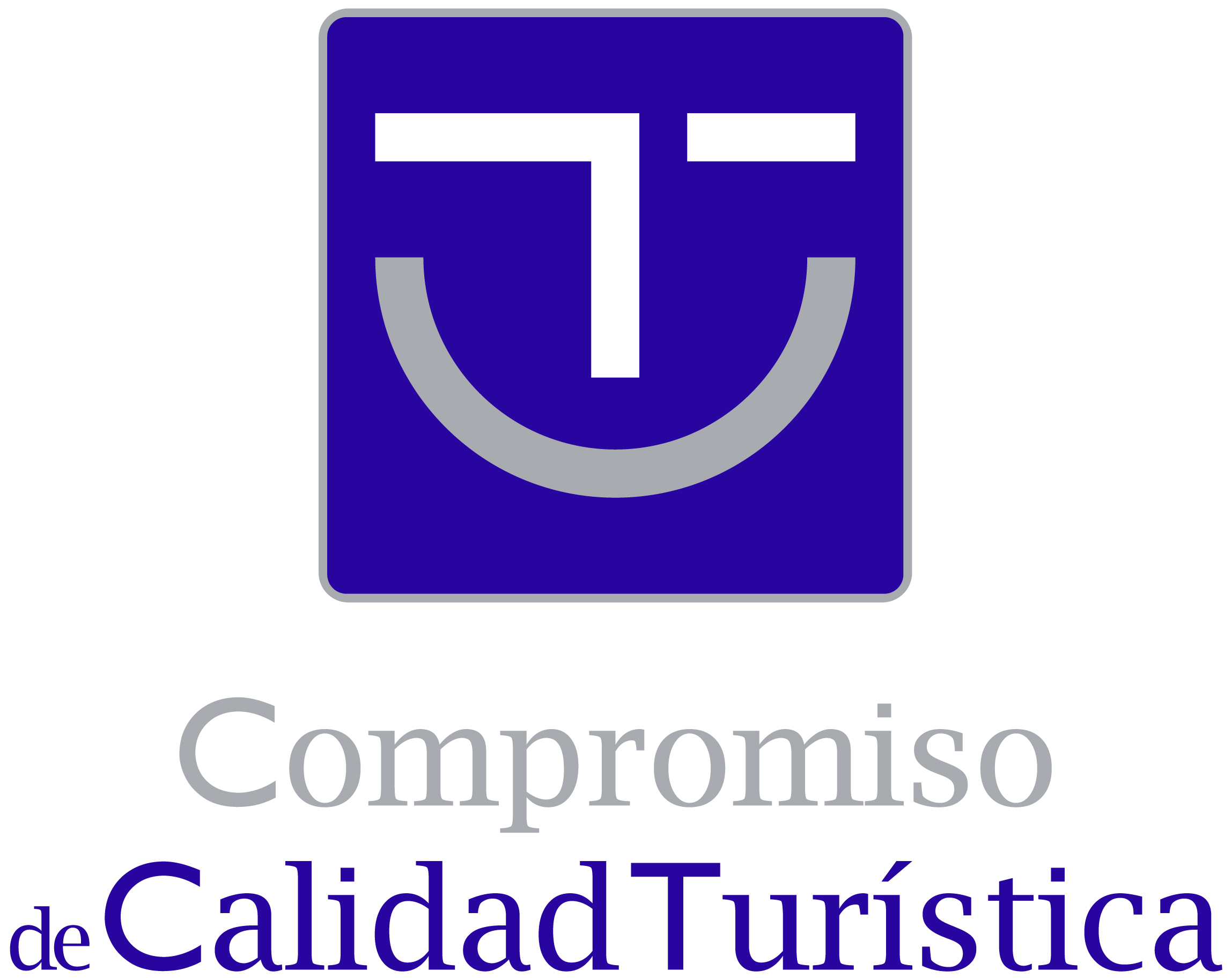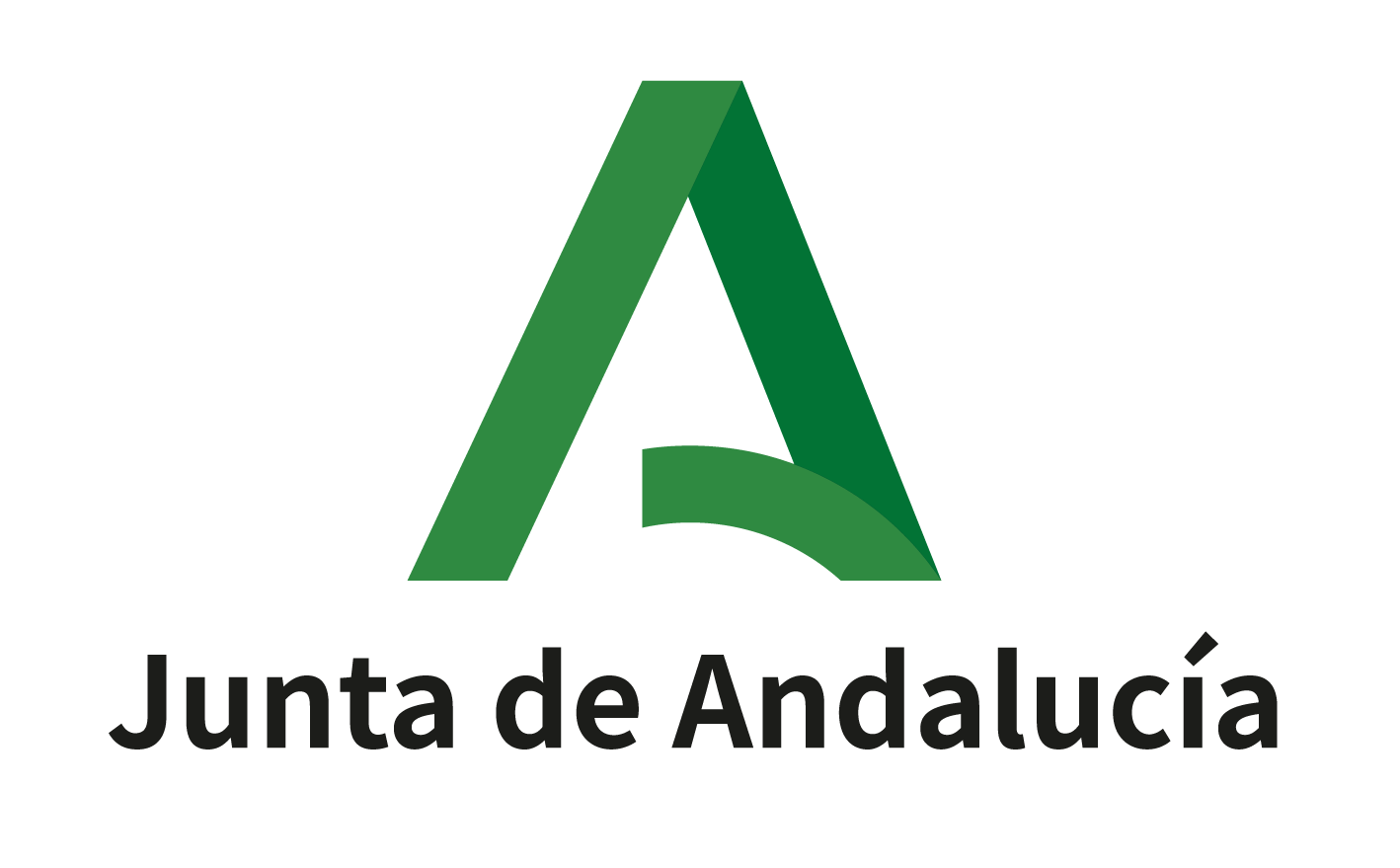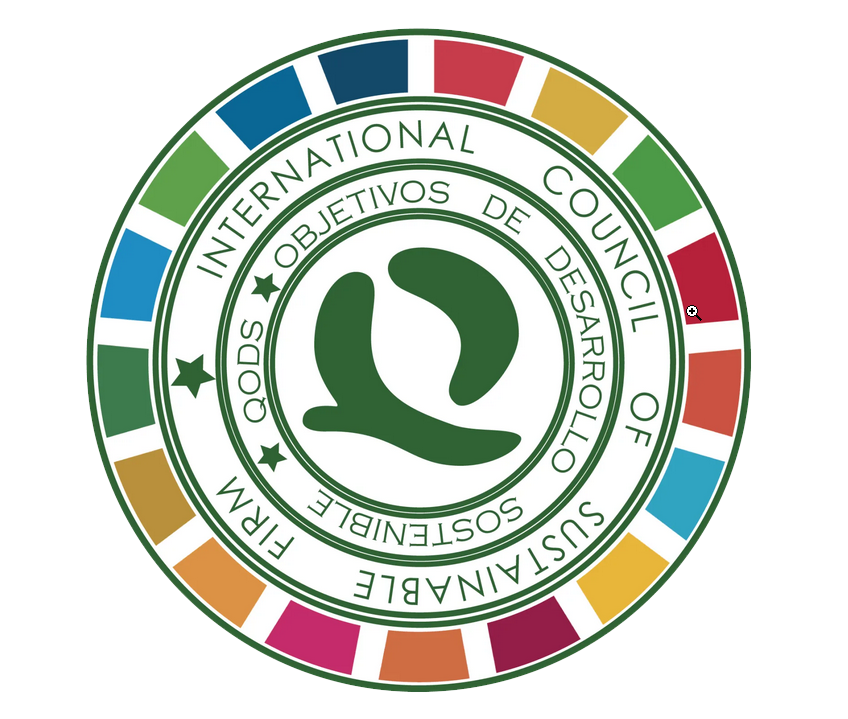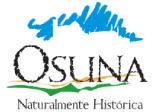


- THE FORMER UNIVERSITY
- CITY HALL OF OSUNA
- HOUSE OF CULTURE
- MUSEUM OF OSUNA
- MARKET SQUARE
- BULLRING
- FORMER MUNICIPAL GRANERY
- TOURISM INNOVATION CENTRE
THE FORMER UNIVERSITY
Thanks to the bull “In Supereminenti Apostolicae Sedis” granted by the pope Paulo III on 10 October 1548, the creation of a general study was authorizated in Osuna under the patronage of Pura y Limpia Concepción de la Virgen María due to the special devotion of the founder towards the virgin.
In a rectory document of 1820 this building received the name “Colegio Mayor y Universidad Literaria de la Inmaculada Concepción de Nuestra Señora”.
Mr. Juan Téllez Girón, IV count of Ureña and father of the first duke of Osuna, authorized the creation of a university following the models of Alcalá de Henares. His purpose was to allow students to obtain degrees with the same validity as those of “Bolonia, Salamanca, Alcalá de Henares and other general studies”.
This university had pontifical recognition and not real recognition. In his testament, the founder encouraged his son, future first Duke of Osuna, to achieve the real recognition but there is no data about it. However, at the entrance of the building a large inscription which proclaims it can still be seen on the left wall. The same thing happened in other minor universities such as Almagro, Sevilla, etc.
The chapel of the building was blessed by Mr. Sancho Trujillo on 8 December 1548, Bishop of Morocco and canon of the Cathedral of Seville, who was also first college.
The building was financed by the mentioned count, whose family was among the richest ones of Spain. It was the headquarter of fifteen greater and eight minors chairs surrounding the faculties of Theology, Law, Medicine and Arts.
The faculty of Theology was the most popular one since its foundation. We must not forget that its aim, as the objective of Alcalá de Cisneros, was to form “a more dignified church of Christ”.
As the founder had very good relations with some specific religious orders – Dominicans, Augustine, Franciscans and Carmelites friars-, he sought to share all of the chairs among them.
The faculty of Medicine always provided with theoretical classes. During that period it was very popular and many important doctors such as Gudiel or Solano de Luque.
The faculty of Arts usually was working as its main purpose with the only innovation of the chair of Mathematics created by Felipe II.
Francisco Maldonado was its first rector (1549-1553), which leads to its current name: “University Francisco Maldonado” and “Diego Ramírez” who was the last one (1821).
The University of Osuna resisted until the reform of the Caballero minister in 1807, in which its function was abolished as other ten more Minor Universities such as Baeza University.
Although the formal suspension the university kept on working until the arrival of the French troops in 1810, in which the building was occupied and turned into a Gallic barracks. After the war it continued operating until 1824 in which it was definitely closed.
After some years without properly exercising its function, the University of Osuna has been functioning since 1993.
The main University headquarter is located in a majestic building belonging to the 16th century and it is comprised of an equipment completely adapted to the rules of the more modern universities centres.
The University is provided with an annex building placed some metres close to the main headquarter.
Among the services and advantages that the university offers we can highlight:
- Scholarship system.
- Transportation services subsidized up to 50%.
- Traineeship in a large number of companies.
- Reduced group of students.
The University of Osuna is associated with the University of Seville and it offers the degrees of Finance and Accounting, double Degree in Accounting and Finance + Labour Relations and Human Resources, Primary, Early Childhood Education, Physiotherapy, Nursing, Master degree and Master in Teaching of ESO, Bachiller, FP and Language Education.
For more information about the University School of Osuna, please click on the link below: www.euosuna.org
CITY HALL OF OSUNA
16th century. In the facade we can highlight the coat of arms of Osuna.
It opens from Monday to Friday (8:00am – 15:00pm). It is closed on public holidays.
Free entry.
It is constructed over the arch La Puerta de Teba, in 1533.
The arches are supported by columns with two long and wide balconies. At the arcades of the city hall there is a version of the town coat of arms. It is common in the simbology and heraldic proposals, the coat of arms of Osuna can be manifested in different forms but there are two elements which always appear such as the tower and the two chained bears. Over the tower, a woman with her bare chest appears sometimes, which is interpreted by some analysts as the female figure of the ancient goddess Cana, others suggest that the only inhabitant of the tower is a creature which reminds of the winged sphinx with her disturbing half of naked maid. The bears are always symmetric and are chained to the tower.
HOUSE OF CULTURE
The House of Culture was located in the former convent of Jesuits. The building is comprised of a central courtyard and some rooms giving access to it.
You can access the courtyard directly from the entrance; the offices are located on the entrance on the opposite side. We can highlight the Assembly Hall which is used for all kind of public events, and its Municipal Library.
MUSEUM OF OSUNA
The Museum of Osuna is located in the former palace house of Arjona y Cubas family dated back to the 18th century which hosted the Local Agricultural Chamber during the last 20th century.
The visit can start at the cellar of the palace house, in which there are conserved 13 of the 15 jars used for containing wine, oil, meat and salted fishes. On the first floor you can visit the permanent exhibitions belonging to Rodríguez Jaldón and Rodolfo Álvarez Santaló collection and two temporary exhibitions rooms.
On the upper floor we can find different rooms related to Osuna such as contents of Municipal Archive Nobility and Power, ancient photography studio of the family Ruíz, contents of the former University of Osuna, original Ledesma printing, the ancient hat shop called “El Bombo” and two rooms dedicated to the international TV series Game of Thrones which filmed some scenes of the fifth season at the bullring of this town.
MARKET SQUARE
Main Square, no number. Free entry.
It was the former Convent of Saint Francisco, known as the convent of Mother of God of Osuna, it was one of the first foundations realized over the duchy of Osuna in Andalusia.
In 1504, Inés Chirino the widow of the mayor Luis Pernía, made a donation of the church Mother of God in order to found convents.
In 1551, this building was one of the first Study House of the province, due to the existence of the University and the protection of the Dukes.
In 1943, it was collapsed but fortunately, the main altarpiece was saved and subsequently was acquired by the Franciscans of Saint Buenaventura of Seville.
The courtyard is the only currently preserved part in which all the Market stalls are placed.
BULLRING
The bullring of Osuna was inaugurated in May 13th, 1904 in order to move the bullfights that were previously held in some squares of the town, close to the Arch of the Pastora.
It was the work of the architect Aníbal González, being drawn according to the scheme imposed in that period: ring, barrier and alley, supported by two concentric walls of sandstone from Las Canteras and subdivided into eight sectors marked by eight original accesses. In the middle of the ring in front of the “toriles” there is a vaulted and earthy tunnel which reminds us of the oval amphitheater of Italica.
The arena of the bullring measures nearly forty-eight meters in diameter being one of the largest in the peninsula. The seating area has a capacity of 5,000 locations.
It has been setting for several television spots, short films, photographic reports and filming, being the most important of them, the filming of some scenes of the fifth season of the worldwide known American series “Game of Thrones”, in 2014.
Former Municipal Granery
18th century. Granery of the town, hearing, recruitment centre, former hospital and currently home for the elderly. Only the patio can be visited. Open every day. Free entry.
This building has had a long and eventful life. At the beginning of the 16th century, its area was occupied by the brothel and the tavern of the neighbourhood. In 1608, the brothel was moved to the outskirts of the town and the Corral de Comedias (comedy theatre) took its place. In 1731, when theatre performances were forbidden, the city council acquired the property to build the granary.
After being a granery, a hearing, a recruitment center and a hospital, it is currently a home for the elderly. However, it was firstly intended to serve as a granary. As it can be read on the facade’s cartouche, the building was finished in 1779.
The construction was directed by Antonio Martín, a master builder; and the design, by Pedro Manuel Godoy. 177,937 reales and 16 maravedís (Spanish coin) were spent to finish the project.
The facade is arranged in three bodies, with a central one in which the entrance, made of sepia stone, is inserted. This stone was brought from a neighbour town: Estepa.
At the top of the entrance, we find the coat of arms of the town: two bears chained to a tower on top of which there is a sphinx, a lion or a winged horse, half animal, half human.
The right side of the facade is finished with a sun dial.
Inside the building, only the patio remains; which presents a series of arches resting on columns in two of the four sides.
TOURISM INNOVATION CENTRE
The Tourism Innovation Centre is located in the Plaza Mayor, in the old Convent of San Francisco. Inside, as well as the Tourist Office, it houses different exhibition rooms which visitors can access free of charge to learn more about the town of Osuna through new technologies.
In the room «Osuna through time», the visitor can discover the history of Osuna and its evolution through time, as well as learning about the different customs and traditions of the inhabitants of our town.
In the «Natural Heritage» room, it is possible to delve into the different ecosystems and habitats of different birds that live in Osuna, increasing knowledge about the rich natural heritage of our town.
Finally, the Duchy room offers visitors information about the Dukes and Duchesses of Osuna and the great patronage they carried out in the world of art.

